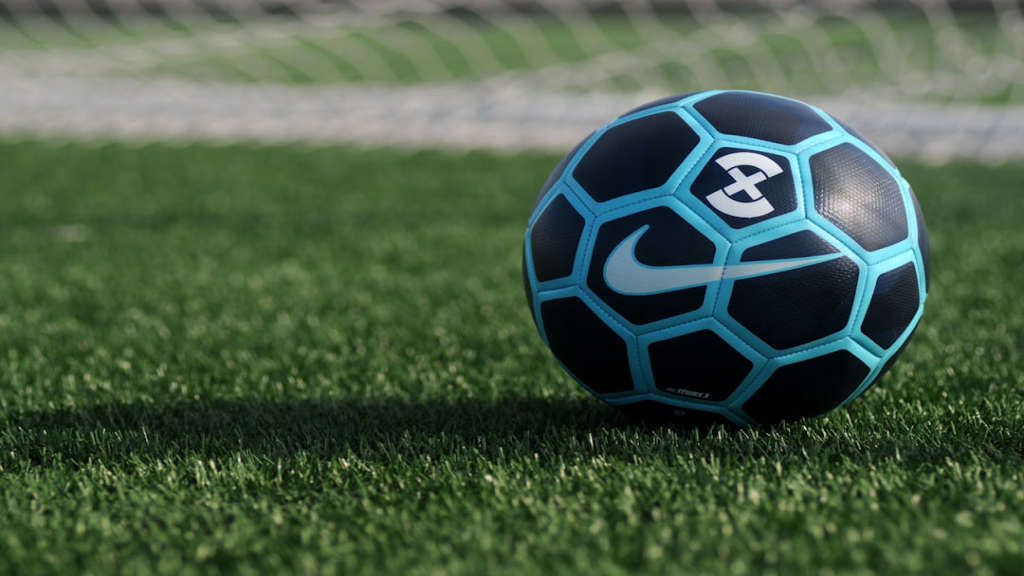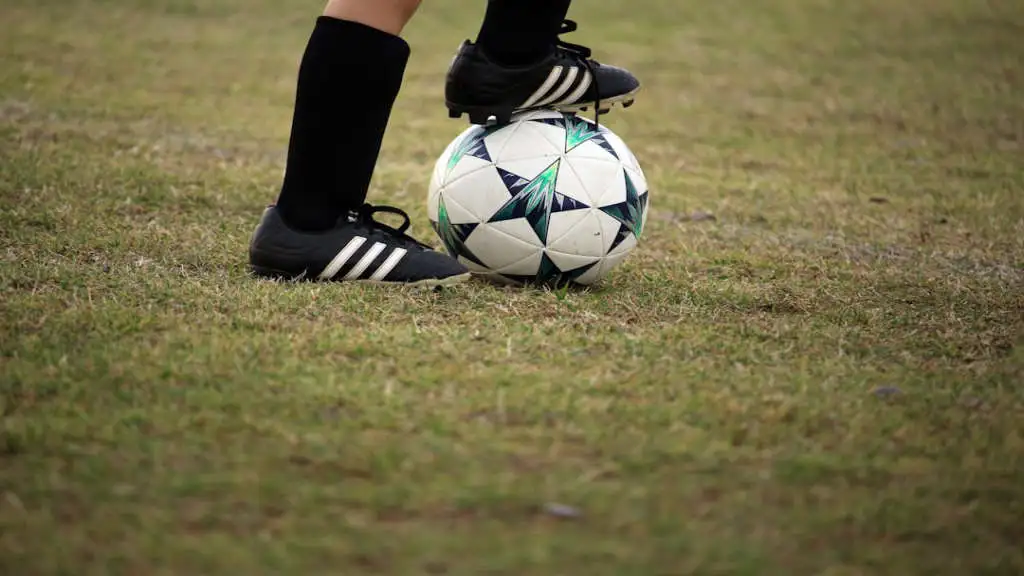
Drawing a soccer ball can be a fun and rewarding experience, whether you are an aspiring artist or simply looking to improve your drawing skills. The unique pentagonal and hexagonal patterns make it an interesting subject to tackle. Understanding the basic shapes and proportions will help you achieve a more realistic depiction. Moreover, mastering this skill can be a great addition to your toolkit if you’re interested in sports-related art or activities. Today, we will guide you through the steps to successfully draw a soccer ball, ensuring it stands out with lifelike details.
Main Points
- Understanding the basic shapes.
- Adding the characteristic patterns.
- Incorporating shading and details.
- Practicing regularly for improvement.
- Exploring different soccer ball designs.
Related content:
How to Draw a Soccer Ball: Step-by-Step Guide for Beginners
Unraveling the Secrets: How Soccer Ball Design Influences Game Play
Understanding the Anatomy of a Soccer Ball
A soccer ball’s anatomy is fascinating, as it blends design and physics to create the perfect tool for the game. The outer layer, typically made of synthetic leather, provides durability and grip. Beneath that, a bladder holds air, helping the ball maintain its shape. More surprisingly, the panels—traditionally 32—create the iconic spherical shape. This brings us to several elements that impact performance:
- Best soccer ball: Choosing the best soccer ball enhances your playing experience.
- Soccer ball size guide: Different sizes cater to age groups and skill levels, affecting how players interact with the ball.
- Soccer ball reviews: Feedback from other players can guide your purchase decisions.
In this seemingly simple object lies an intricate structure designed to enhance the beautiful game. It’s a blend of art and sport! But, have you ever thought about how these elements work together?
You Can Also Review These:
How To Draw A Soccer Ball – YouTube
How to Draw a Soccer Ball / Football | Otoons.net – YouTube
Essential Materials and Tools for Drawing a Soccer Ball
Creating a soccer ball illustration requires a few essential components. First, gather high-quality drawing paper and your favorite pencils. Graphite pencils work well, but colored pencils can add vibrant details. Next, invest in fine liners for precise outlines. A good eraser ensures that you can correct mistakes easily. Also, consider having a ruler to maintain symmetry. By combining these tools, you can effectively capture the essence of a soccer ball. Don’t forget to check online for a soccer ball for kids as inspiration, or explore soccer ball training drills to enhance your design process!
Recommended Tools
| Tool | Purpose |
|---|---|
| Pencils | Base drawing |
| Fine Liners | Outlining |
| Colored Pencils | Adding color |

Step-by-Step Guide: Sketching the Basic Shape
Sketching is an art that requires both practice and patience. Begin by visualizing your subject; it helps to break it down into simple forms. Start with light pencil strokes for the basic outlines. This way, you can adjust shapes as necessary. Don’t hesitate to explore various angles; it often lends depth to your sketches. As you refine your drawing, remember to focus on proportion. Lastly, think about how you will maintain the integrity of your work, much like how you’d follow soccer ball maintenance tips—keeping things in good shape is crucial for longevity!
Essential Elements to Remember
When sketching, always pay attention to the perspective. It can transform a flat drawing into a dynamic visual. Additionally, consider the textures involved; they can bring life to your creation. And don’t shy away from practicing daily! Your skills will naturally improve over time. This journey not only enhances your artistic capabilities but also fosters a deeper appreciation for the subject you depict.
Adding Details: Patterns and Textures on a Soccer Ball
When observing a soccer ball, one can easily become captivated by its intricate patterns and textures. These elements are not merely aesthetic; they serve functional purposes as well. For instance, the distinct panels, usually in a hexagonal shape, contribute to aerodynamics. This design allows for better control and accuracy in kicks.
Impact of Patterns
The patterns often reflect a team’s identity or adds a creative flair. However, the textures can influence grip, impacting how players interact with the ball during a game. Often, players feel a sense of connection to the sphere, which is shaped by these details.
- Design Variations: Different styles help differentiate brands.
- Aerodynamic Principles: Textures can enhance flight stability.
- Player Performance: Unique designs can affect handling and control.
In today’s world, a simple ball has evolved into a complex, designed tool that merges aesthetics with utility. Thus, appreciating these elements goes beyond mere observation; it enhances our understanding of the game itself.
Coloring Techniques for a Realistic Soccer Ball Rendering
When creating a realistic soccer ball rendering, it’s essential to focus on coloring techniques that mimic the actual textures and patterns seen on the field. Start by layering colors to add depth; a solid base usually isn’t enough. For instance, blending shades of white and black can evoke realism. Pay particular attention to the highlights and shadows. They enhance the spherical appearance tremendously. Additionally, using a subtle gradient will make the ball feel round and dynamic. Remember, slight imperfections can add authenticity!
Tips to Enhance Realism
Consider incorporating a few scuff marks or dirt patches. This not only reflects real-world usage but also adds character. Furthermore, the choice of lighting plays a pivotal role. Experiment with different light sources to see how they affect the ball’s appearance. Ultimately, your attention to detail in these techniques will raise your rendering from good to great, making it stand out in any scene.
Common Mistakes to Avoid When Drawing a Soccer Ball
Drawing a soccer ball seems simple, but often we overlook crucial details. First, many artists forget the hexagonal pattern that defines its design. Ignoring this leads to a generic look. Additionally, failing to capture the ball’s curve creates an unrealistic appearance. Lastly, it’s common to use flat colors instead of adding shading, which gives depth. Remember, small mistakes can significantly impact your artwork.
“Art is not freedom from discipline, but disciplined freedom.” – John F. Kennedy
Key Considerations
| Mistake | Solution |
|---|---|
| Ignoring the pattern | Study authentic designs |
| Flat colors | Use gradients for realism |
Therefore, pay attention to these details to achieve a more recognizable and realistic soccer ball. Drawing is an evolving process, and understanding these common pitfalls can significantly enhance your skills. So, practice diligently, and don’t hesitate to revisit previous attempts for improvement!
Conclusion
In conclusion, drawing a soccer ball can be a fun and rewarding experience. By breaking down the process into simple steps, you can create a convincing and dynamic representation of this beloved sports icon. Start with basic shapes, add the classic pentagonal and hexagonal patterns, and don’t forget to include shading for depth. This approach not only makes the task easier but also allows for a personal touch to your artwork. Remember, practice makes perfect! So, grab your pencil and paper, and enjoy the journey of bringing a soccer ball to life on the page. Happy drawing!
Frequently Asked Questions
What is the standard size of a soccer ball?
The standard size for a soccer ball used in professional matches is Size 5, which has a circumference of 68-70 cm.
What materials are soccer balls made of?
Soccer balls are typically made from synthetic leather, rubber, and polyester, providing durability and good performance.
How often should a soccer ball be inflated?
A soccer ball should be checked for air pressure before each use and inflated as necessary to ensure it is within the recommended pressure range.
Can I use a soccer ball on different surfaces?
Yes, but it’s recommended to use balls designed for specific surfaces, such as indoor, turf, or grass, to prolong their lifespan and maintain performance.
What is the best way to clean a soccer ball?
To clean a soccer ball, use a damp cloth with mild soap to wipe down the surface, and avoid submerging it in water or using harsh chemicals.






